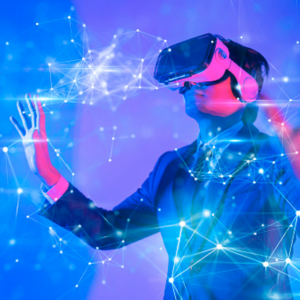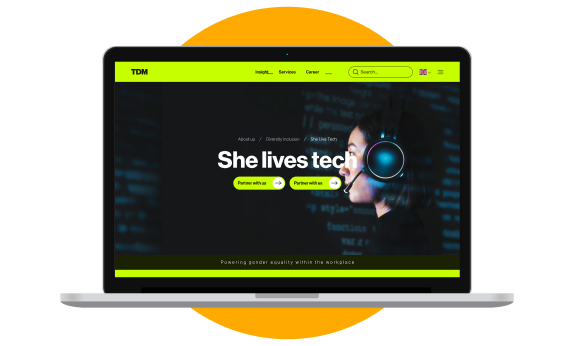An in-depth look at OpenAI’s DALL·E 2 AI image generator
In January 2021, OpenAI introduced DALL·E 2. One year later, the newest system, DALL·E 2, generates more realistic and accurate images with 4x greater resolution.
Difference between DALL·E & DALL·E 2
- DALL·E and DALL·E 2 are both artificial intelligence models developed by OpenAI.
- DALL·E is a 12-billion parameter version of the transformer architecture that uses an attention-based mechanism to generate images from textual descriptions, while DALL·E 2 is a newer version with 175 billion parameters.
- In general, DALL·E 2 is more capable than DALL·E due to its larger size and more advanced architecture, allowing it to generate more diverse and high-quality images from textual descriptions.
Image description: A painting of a fox sitting in a field at sunrise in the style of Claude Monet in DALL·E and DALL·E 2.
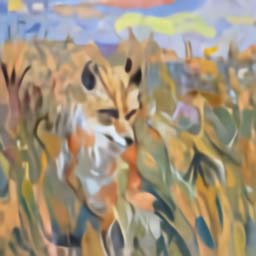

DALL·E 2 is a revolutionary artificial intelligence (AI) image generator developed by OpenAI which has the ability to generate unique and diverse images from textual descriptions. Also, DALL·E 2 is a commercial product developed by OpenAI and is not available for free. With its advanced and deep learning algorithms, DALL·E 2 has the potential to transform the way we think about and create digital images, making it an exciting development in the field of AI. This article provides an in-depth overview of DALL·E 2, including its architecture, capabilities, and applications, as well as explores its potential impact on the creative industries.
How does DALL·E 2 actually work?
DALL·E 2 is an AI-powered image generation system developed by OpenAI. It works by taking a natural language description as input, such as “a car with a tent on top,” and generating a corresponding image.
DALL·E 2 uses a transformer-based neural network trained on a diverse dataset of text-image pairs. During training, the model learns to map text descriptions to corresponding images and generate images that match the given description.
At runtime, the model processes the input text description and generates an image by sampling from the distribution of possible images given the input text. The generated image is then post-processed to refine its details and composition.
Overall, DALL·E 2 demonstrates the power of deep learning and transfer learning in generating high-quality images from textual descriptions.
Capabilities of DALL·E 2
DALL·E 2 is capable of generating a wide range of high-resolution images from textual descriptions. It includes
- Image synthesis: Generating original images from textual descriptions, such as “3d image of a dog standing in a drawing room.”
- Image manipulation: Changing attributes of existing images, such as changing the color of an object.
- Resolution change: DALL·E 2 can expand images beyond what’s in the original canvas, creating expansive new compositions.
- Image completion: Fill in missing parts of an image, such as adding a background to a partially drawn picture.
- Text-to-Image generation: Generating images that match a given textual description, such as “Purple bear standing in front of a tiger.”
- Image-to-Text generation: Describing an image in simple understandable language, such as “a picture of a purple car.”


Overall, DALL·E 2 can generate a wide range of high-quality, diverse, and creative images from textual prompts, enabling a variety of potential applications in fields such as advertising, product design, and entertainment.
Applications of DALL·E 2
DALL·E 2 has a variety of applications in many fields. These include
- Advertising: Generating custom product designs and creative visuals.
- Product design: Creating unique and appealing product images for e-commerce and online marketplaces.
- Entertainment: Generating images for video games, movies, and other forms of media.
- Architecture and interior design: Creating 3D images and visualizations of buildings and interiors.
- Fashion and accessories: Creating original designs for clothing, shoes, and other fashion items.
- Education: Generating illustrations and images for educational materials and training courses.
- Art and photography: Generating original artwork and images for use in galleries and exhibitions.
- Social media: Generating images and visuals for use on social media platforms, such as Instagram, Facebook, Twitter, etc.
Advantages of DALL·E 2
- High Resolution: It can generate high-resolution images and art with fine details.
- Versatility: It can generate a wide range of images from textual inputs, including abstract images.
- Edit generated image: It can delete any object, edit the shadows/reflections/textures from the generated image, and can also create different variations of the original image and all the images can be saved.
Also, it can upload any image and edit it accordingly. Currently, it is in its Beta state so the accuracy may not be 100%.

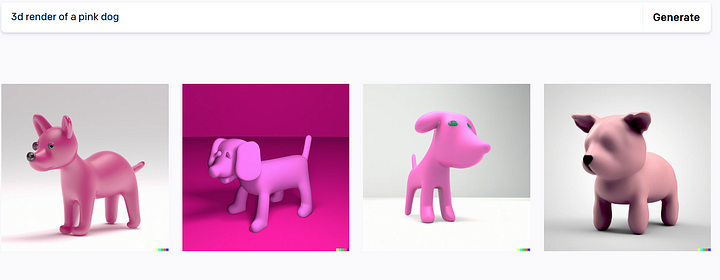
4. Share: It also gives us the ability to publish by creating a public page for it.

5. Creativity: It has the ability to generate unique and imaginative images that go beyond typical stock photos.
6. Large Scale: It can generate an enormous number of images, making it useful for various applications such as advertising, films, and game design.
7. Improved User Experience: DALL·E 2 can improve the user experience by generating images in real-time, eliminating the need for manual image creation.
Disadvantages of DALL·E 2
- Accuracy: As DALL·E 2 is in its Beta stage so the results may not have 100% accuracy.
- Bias: DALL·E 2, like all AI models, is only as neutral as the data it was trained on, which may lead to biases in the generated images.
- Lack of Context: DALL·E 2 can generate images based on the textual description but lacks the ability to understand the context and the intended use of the image.
How will the creative industries be affected by DALL·E 2 in the coming years?
DALL·E 2, the latest AI product from OpenAI, is likely to have a significant impact on the creative industries in the coming years.
- Automated Design: The ability to generate unique and creative images based on textual descriptions is likely to change the way designs are created, reducing the need for manual labor and increasing efficiency.
- New Business Models: DALL·E 2 could also lead to new business models, such as on-demand AI-generated designs, allowing businesses to create custom designs in real-time.
- Increased Competition: With the invention of DALL·E 2, smaller businesses and individuals will now have access to AI-generated designs, increasing competition in the design industry.
- Job Displacement: On the downside, DALL·E 2 could lead to job displacement, particularly for manual design jobs, as more tasks become automated.
Also, DALL·E 2 is likely to have the most impact on fields within the creative industries that involve the creation of images, such as graphic design, illustration, and advertising. Its ability to generate high-quality images from textual descriptions could potentially replace some tasks currently performed by human designers and artists in these fields.
Overall, the creative industries are likely to be transformed by DALL·E 2 in the coming years, bringing both new opportunities and challenges.
Different examples of results from DALL·E 2

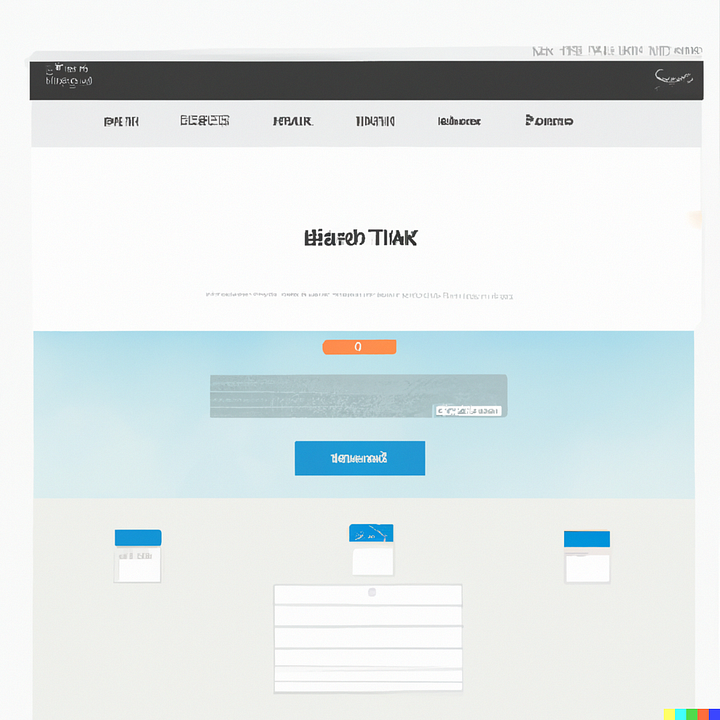


Conclusion
DALL·E 2 is a powerful AI-powered tool developed by OpenAI that allows users to generate high-quality images from textual descriptions. With its cutting-edge technology, it has the potential to revolutionize the way we think about and interact with images, providing a new level of creativity and flexibility in visual content creation. Despite some limitations, the possibilities with DALL·E 2 are virtually endless, and it is likely to play a significant role in shaping the future of AI and design.
References:
https://chat.openai.com/chat — CHATGPT
https://labs.openai.com/ — DALL·E 2
https://openai.com/product/dall-e-2 — OPENAI










